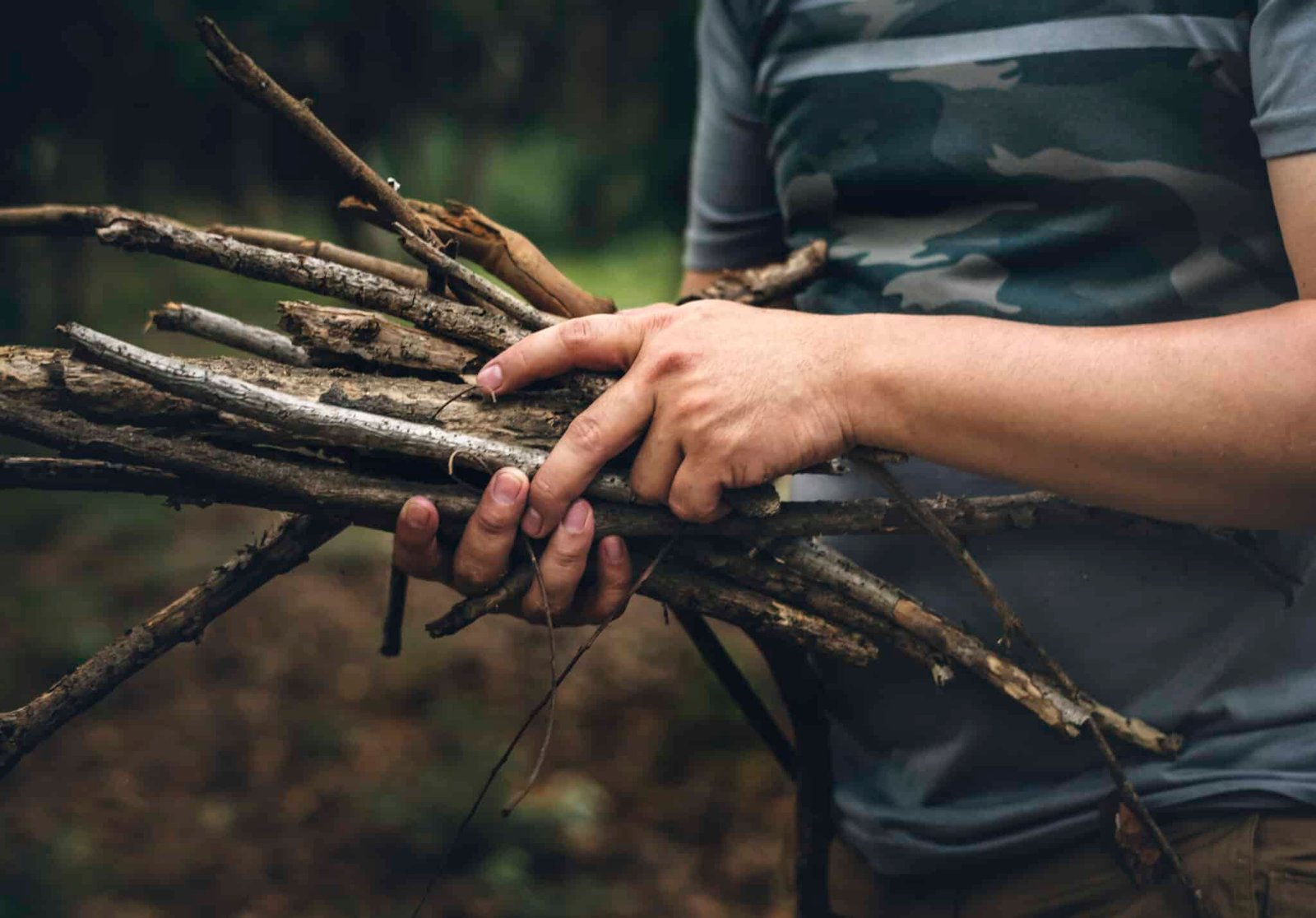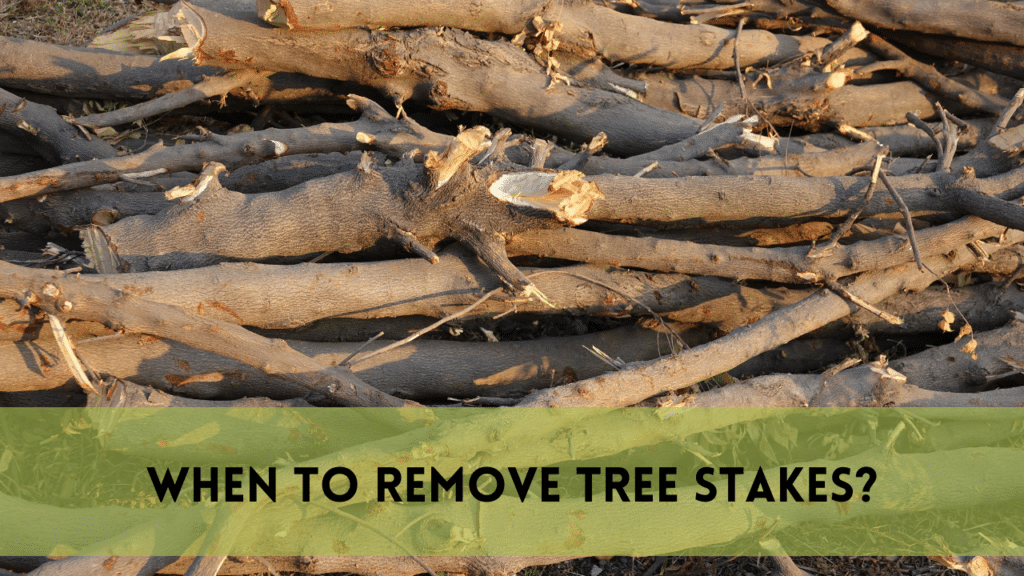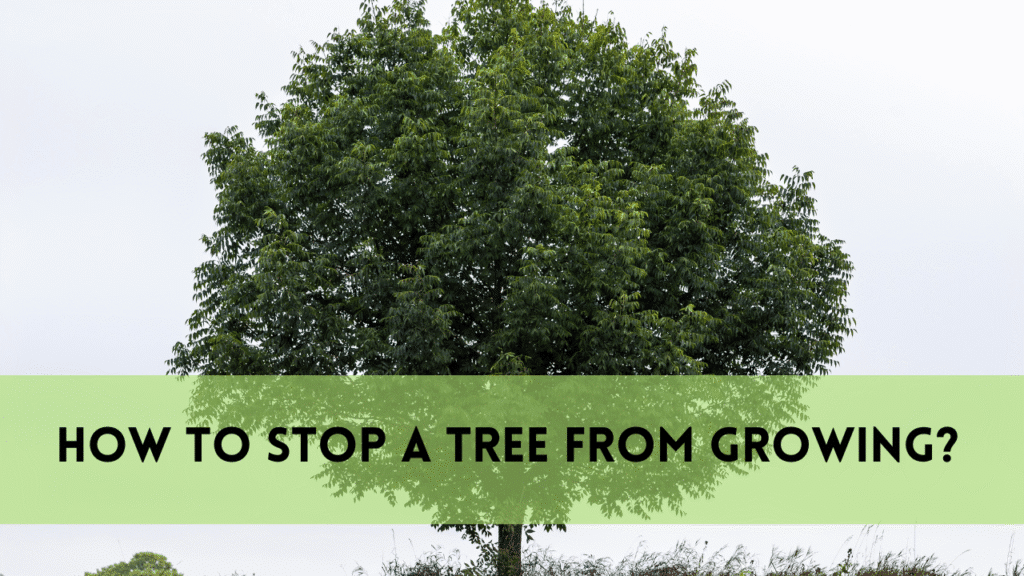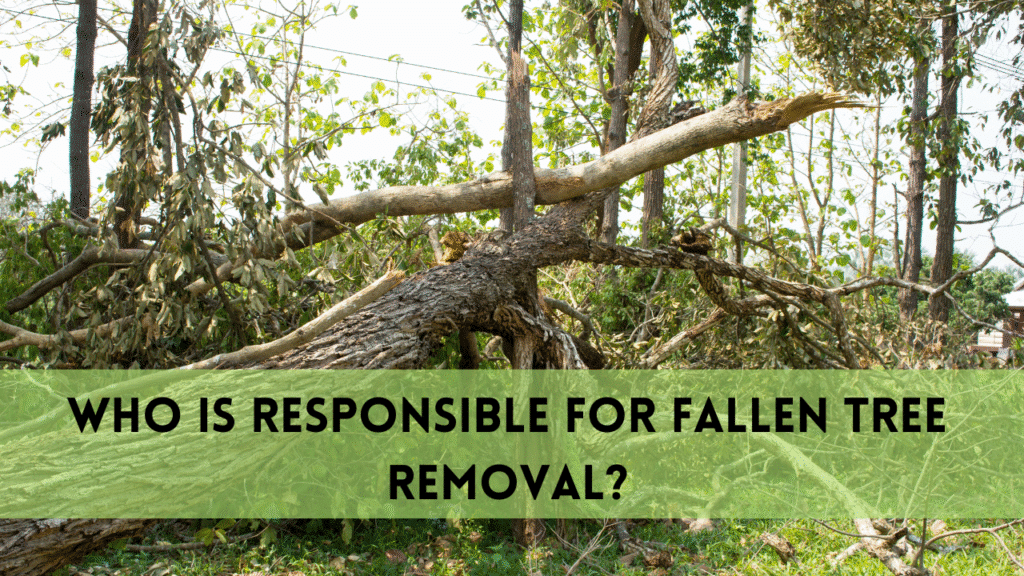It takes love to plant a tree, and we place a lot of hope in these little seedlings. But just as parents progressively relinquish control over their growing children, trees also require the freedom to stand on their own. Making the right choice about whether to remove tree stakes is essential to growing a strong, self-sufficient tree. Let’s examine the art of tree maintenance and the telltale signals that it’s time to say goodbye to those sturdy stakes.
- When to Remove Tree Stakes
- Assessing Self-Sufficiency of Tree Stakes
- Signs to Remove Tree Stakes
- A Step-By-Step Manual to Remove Tree Stake
- Typical Errors to Avoid
-
FAQs
- When is the right time to remove tree stakes?
- How can I determine whether my tree is ready to be stake-free?
- Can I pull out every tree stake at once?
- After taking out the stakes, what should I do if my tree starts to exhibit stress signs?
- Are there typical blunders to steer clear of while to remove tree stakes?
- Conclusion
When to Remove Tree Stakes
Let’s first review the reasons to remove tree stake placement before delving into the enigma of when to pull them out. Tree stakes provide stability and support throughout the early phases of growth, much like training wheels do for young bicycles.Trees that have just been planted, particularly those with thin trunks or those in windy regions, benefit from pegs that keep them from swinging too much and perhaps damaging themselves.
Trees Dependent on stakes
A tree’s survival in its first year of life is largely dependent on the stakes. The trunk is getting stronger and the roots are taking hold. But as the tree ages and the seasons shift, it becomes more important to keep an eye on its development.
Time to Remove Tree Stakes
Trunk Stability: A tree’s ability to sustain itself increases with the thickness and strength of its trunk. If you notice minimal swaying even without the stakes, it might be a sign that the tree is ready to stand alone.
Check the weather: Observe the local meteorological conditions. Your tree may be sturdy enough to grow without stakes if it has withstood a few storms without showing any symptoms of discomfort.
Assessing Self-Sufficiency of Tree Stakes
Hopefully, by the second year, your tree has become used to its environment. It has weathered all kinds of weather, made adjustments to the soil, and survived its first winter. It’s time to evaluate its robustness and think about taking off the training wheels.
Crucial Markers
New Growth: The tree appears to be doing well based on its sturdy branches and profusion of new leaves. It may be prepared to face the world on its own if it is thriving without the need for further assistance.
Organic Wave: It is common and even advantageous for a tree to swing gently in the breeze. It promotes healthy growth and fortifies the trunk. It’s a good sign if your tree moves naturally without the need for stakes.
Adulthood of Tree Stakes
Your tree should be well on its way to maturity by the time it reaches the third year and beyond. The stakes have now achieved their goal, therefore it’s time to determine if they are a greater inconvenience than an asset.

Signs to Remove Tree Stakes
Evident Bark Protection: The trunk’s lower section, which was once protected by the stakes, ought to have robust and protective bark at this point. This indicates that the tree has grown strong enough to handle environmental difficulties.
Robust Root System: As a tree ages, its roots become more established and help to stabilize it in the ground. Try gently pulling on the trunk; if you encounter resistance, the tree is healthy and self-sufficient.
A Step-By-Step Manual to Remove Tree Stake
After determining it’s time to say goodbye and remove tree stakes based on the signals you’ve seen, take these actions to ensure a smooth transition:
1. Inspect the Trunk
Look for any indications of deterioration or weakening in the trunk. Make sure the tree is free of any wounds or deformities that might affect its stability.
2. Gradual Removal
You might want to pull out each stake in turn if the tree has several. The tree can gradually adapt to the decreased support thanks to this methodical technique.
3. Monitor and Support
After you remove tree stakes, pay special attention to how the tree reacts. If you see symptoms of stress or excessive swaying, you might want to consider temporarily supporting the tree until it becomes stronger.
4. Water and Mulch
Make sure your tree has enough water and mulch to support its independence. In addition to helping the tree adjust to its newfound independence, this promotes a robust root system.
Typical Errors to Avoid
Even though taking down tree pegs is a very simple operation, there are few mistakes that might prevent your tree from growing to its full potential. Here are a few typical errors to avoid:
1. Premature Removal
Cutting down stakes too soon might cause needless stress to a young tree. Prior to opting to remove the tree’s support, always determine whether it is ready.
2. Ignoring Environmental Factors
Be mindful of the local climate and upcoming weather conditions. If severe weather is forecasted, it might be wise to postpone stake removal until more favorable circumstances arise.
3. Neglecting Maintenance
Even after removing the stakes, your tree requires ongoing care. Regularly check for pests, diseases, and provide adequate nutrients to support its continued growth.
FAQs
When is the right time to remove tree stakes?
In response, after the first year or when you notice indications of trunk stability, weather resistance, and general development, you should think about taking tree stakes down. Examine the growth of your tree to see if it is ready for independent standing.
How can I determine whether my tree is ready to be stake-free?
Keep an eye out for characteristics such as a strong trunk, a tendency to swing in the wind, healthy new growth, and a deeply rooted root system. These indicators point to your tree having grown strong and resilient enough to survive on its own without further assistance.
Can I pull out every tree stake at once?
Although eliminating all stakes at once is feasible, a methodical approach is usually advised. One stake at a time removal reduces stress and facilitates a more seamless transition to independence by allowing the tree to acclimatize to less support.
After taking out the stakes, what should I do if my tree starts to exhibit stress signs?
In response, you can think about temporarily supporting the tree until it becomes stronger if you observe excessive swaying or other indications of stress. Throughout this period of adjustment, keep an eye on how it responds and make sure it gets enough water and mulch to support its development.
Are there typical blunders to steer clear of while to remove tree stakes?
Yes, frequent errors include removing stakes too soon, failing to consider environmental considerations, and not maintaining stake removal sites thereafter.After remove tree stakes, always evaluate your tree’s preparedness, take the weather into account, and keep up with its maintenance.
Conclusion
The journey of a tree from a helpless seedling to a robust behemoth in the vast fabric of nature reflects the growth and development we observe in our own lives. An important part of this story is knowing when to pull down tree stakes, which symbolizes the passage from reliance to independence.
Thus, as you stand in your yard and look up at the tree you have grown, know that your work has helped it become strong and resilient. Eliminating the stakes represents more than simply a pragmatic move; it also represents the achievement of your stewardship and the victory of nature’s path. Seize the occasion and observe as your tree opens its branches wide, welcoming the world with a fresh sense of self-assurance.



